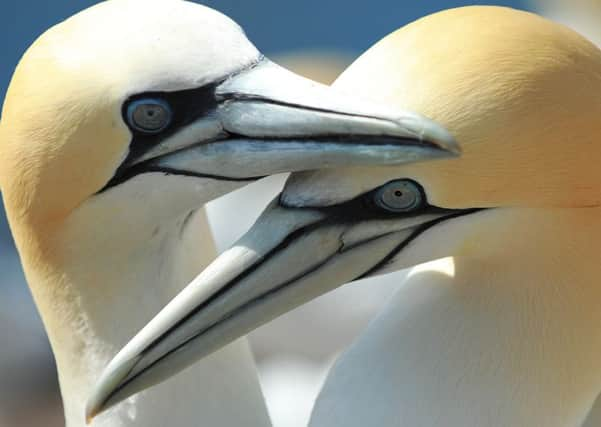Gannet goes on longest fishing trip ever recorded in species
This article contains affiliate links. We may earn a small commission on items purchased through this article, but that does not affect our editorial judgement.


Cosmo, a northern gannet which lives on Alderney in the Channel Islands, made the foraging trip up the English Channel, across the North Sea and into Scandinavian waters - and back - in less than a week.
His journey of around 1,680 miles was tracked using a tag which sends live data through the 3G mobile network.
Advertisement
Hide AdAdvertisement
Hide AdIt well above the usual 200 to 300 miles gannets travel on their fishing trips, and is thought to be the longest northern gannet foraging trip recorded.
The bird is one of a number of northern gannets being tracked with the transmitters in a project by Alderney Wildlife Trust (AWT), the British Trust for Ornithology (BTO) and the University of Liverpool to assess their foraging habits.
Claire Thorpe of Alderney Wildlife Trust said: “This is very exciting news for our track-a-gannet project and the information will be hugely important for the conservation of our wonderful seabirds.
“Data like this is really important because it shows that we need international collaborative effort to protect our seabird species and monitor developments in the Channel and beyond.”
The track-a-gannet scheme was prompted by the increase in renewable energy projects planned for the Channel, with concerns that schemes such as the Rampion wind farm off the coast of Brighton could have direct impacts on birds like gannets.
Around 8,500 breeding pairs of northern gannets, around 2% of the world’s population, nest in two colonies on rocky offshore islets in Alderney, at the southerly end of the bird’s range.
Last year a study tracking gannets nesting on Bass Rock in the Firth of Forth, Scotland, warned that the seabirds could be at much greater risk from offshore wind turbines than previously thought, owing to the height at which they fly.
DOWNLOAD THE SCOTSMAN APP ON ITUNES OR GOOGLE PLAY